Astor Piazzolla, biographies serve as windows into the lives of remarkable individuals, offering insights into their struggles, triumphs, and the indelible mark they leave on the world. In the realm of music, one such luminary is Astor Piazzolla, a virtuoso bandoneón player and composer from Argentina. His life’s journey is a testament to artistic evolution, innovation, and the fusion of traditional and contemporary sounds that transformed the landscape of Argentine music.
Early Life and Musical Awakening:
Born on March 11, 1921, in Mar del Plata, Argentina, Piazzolla’s early exposure to music was through his immigrant parents. His father, Vicente Piazzolla, was an Italian immigrant, and his mother, Asunta Manetti, hailed from Argentina. At the age of 8, Astor moved to New York with his family, where he discovered a whole new world of music. It was in the vibrant streets of the Bronx that he encountered jazz and the influences of greats like Duke Ellington and Cab Calloway.
The Bandoneón and Traditional Roots:
Returning to Argentina at the age of 16, Piazzolla began to master the bandoneón, a key instrument in traditional tango music. His dedication to mastering this complex accordion-like instrument showed his commitment to preserving the roots of Argentine music. However, Piazzolla was not content with merely adhering to tradition. His restless spirit sought to push the boundaries and redefine the very essence of tango.
Formative Years and Classical Pursuits:
In the 1940s, Piazzolla’s thirst for musical exploration led him to study composition with the renowned Argentine composer Alberto Ginastera. This pivotal period marked a departure from the traditional tango sounds, as Piazzolla delved into classical music and avant-garde techniques. The fusion of these diverse influences laid the foundation for his groundbreaking compositions, blending the passion of tango with the complexity of classical music.
Nuevo Tango: A Musical Revolution:
The 1950s saw the emergence of Piazzolla’s revolutionary style, termed “Nuevo Tango” or New Tango. This innovative genre went beyond the confines of traditional tango, incorporating elements of jazz, classical, and even electronic music. Piazzolla’s compositions, such as “Libertango” and “Adiós Nonino,” exemplified the evolution of a genre that was deeply rooted in Argentine culture but now spoke a universal language.
Challenges and Controversies:
While Piazzolla’s innovations earned him international acclaim, they also sparked controversy in his homeland. Traditionalists viewed his departure from conventional tango as a betrayal of the genre’s essence. Yet, Piazzolla remained steadfast in his commitment to artistic growth, embracing the notion that music, like any living art form, must evolve to stay relevant.
International Recognition:
The 1970s marked a turning point in Piazzolla’s career as he gained widespread recognition on the global stage. His collaborations with jazz legends such as Gerry Mulligan showcased the versatility of his compositions. Piazzolla’s music transcended cultural boundaries, resonating with audiences worldwide and solidifying his status as one of the most influential composers of the 20th century.
Legacy and Impact:
Astor Piazzolla’s impact extends far beyond his lifetime. His innovative approach to tango not only revitalized the genre but also paved the way for future generations of musicians to explore new horizons. The fusion of traditional Argentine sounds with contemporary influences became a blueprint for artists seeking to break free from artistic constraints.
Later Years and Recognition:
As Piazzolla entered his later years, accolades poured in, including Grammy Awards and honorary doctorates. His compositions became timeless classics, celebrated for their emotional depth and technical brilliance. Piazzolla’s influence extended to film scores, with his music gracing the soundtracks of numerous movies, further embedding his legacy in popular culture.
Conclusion:
Astor Piazzolla’s biography is a tale of artistic courage and innovation. From the streets of Argentina to the concert halls of the world, his journey encapsulates the spirit of a true musical pioneer. Piazzolla’s fusion of diverse genres redefined the Argentine musical landscape, leaving an enduring legacy that continues to inspire and captivate audiences globally. In the realm of biographies, his story serves as a testament to the power of pushing boundaries, challenging norms, and creating art that transcends borders.
.- Youtube Feature Video: Adios Nonino – Astor Piazzolla Link here.


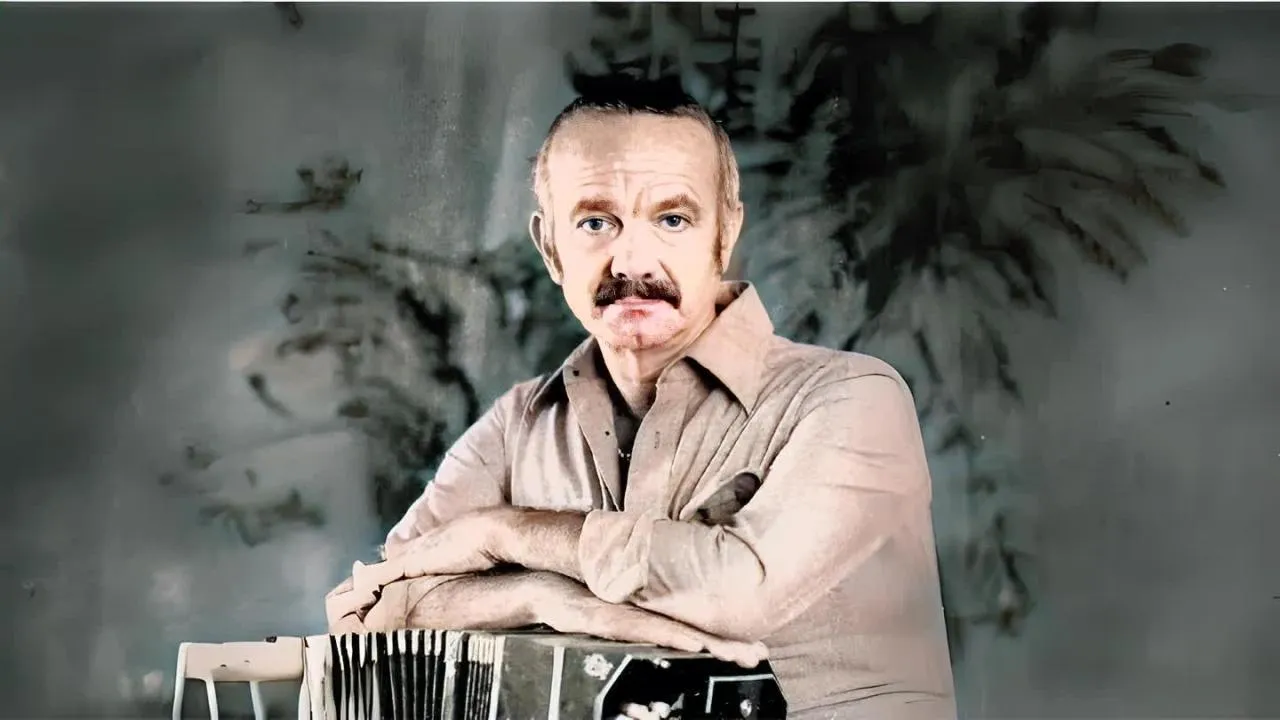


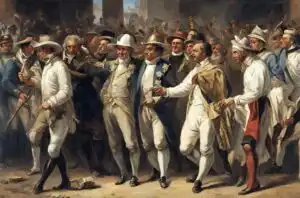
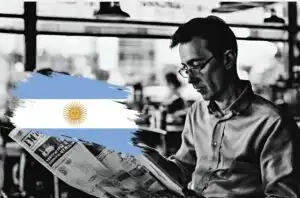



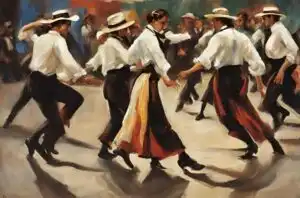
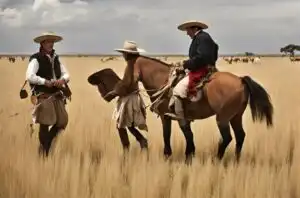



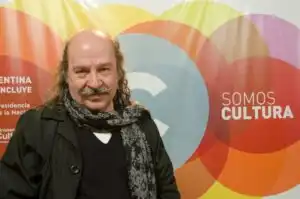
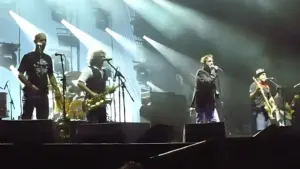
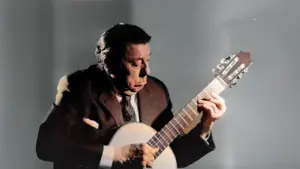
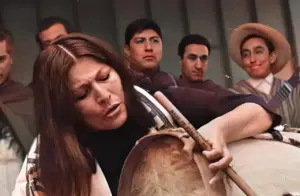

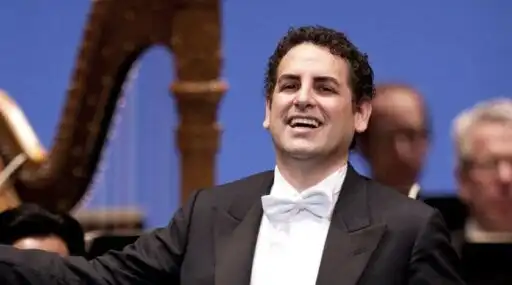
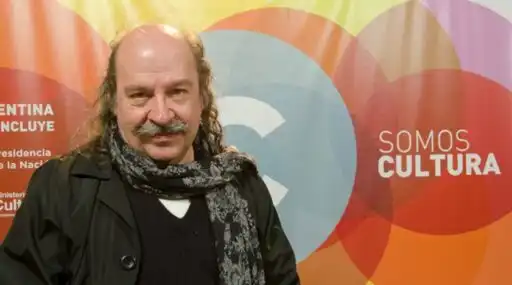
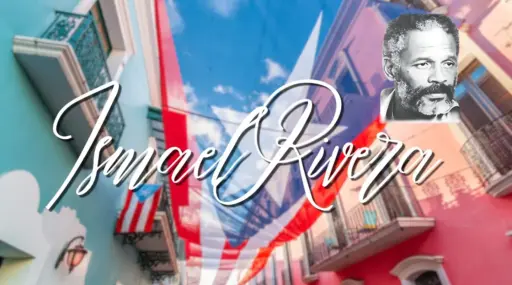

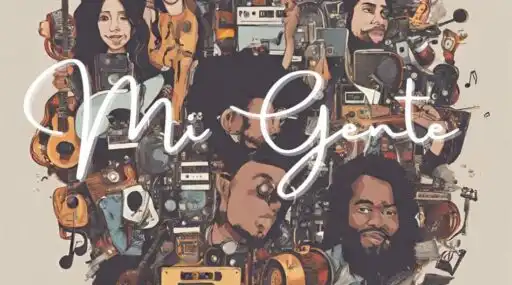
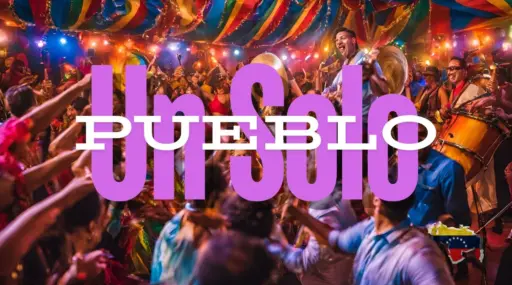
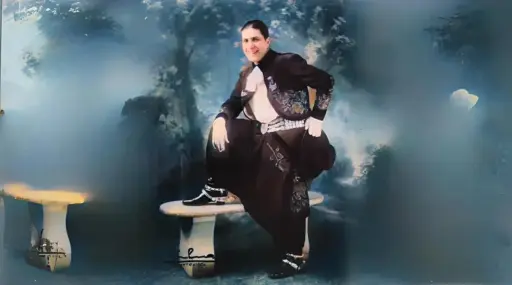





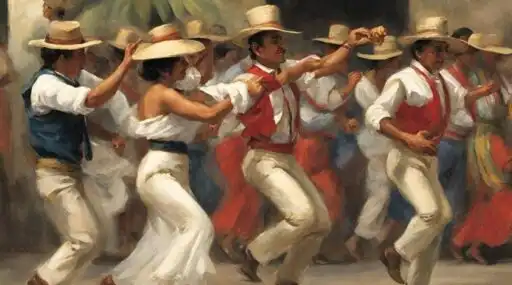
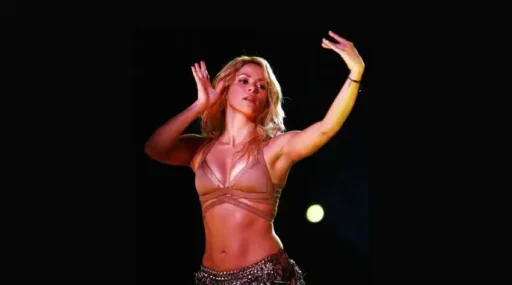

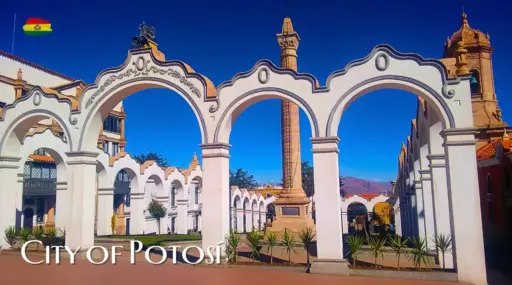
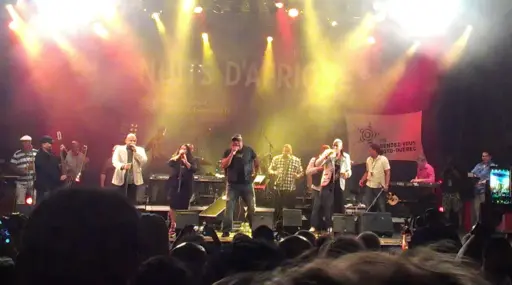

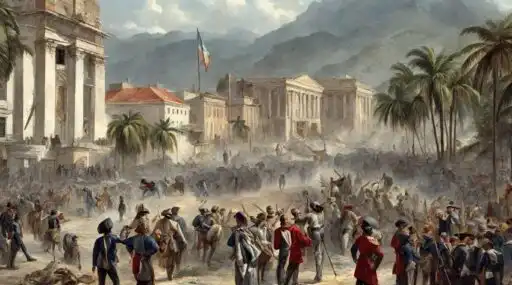
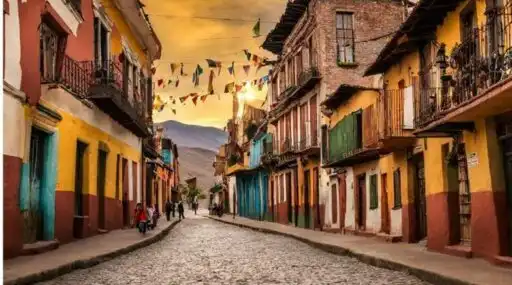



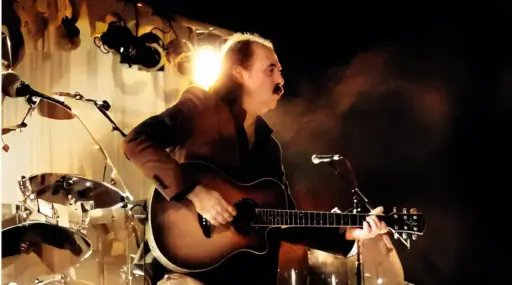


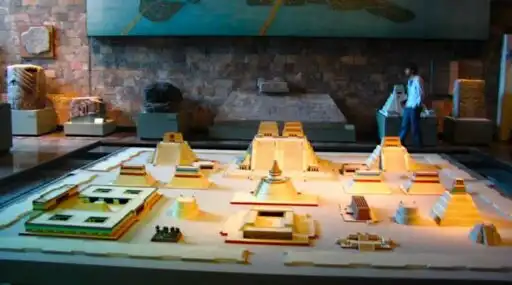


Leave a Reply